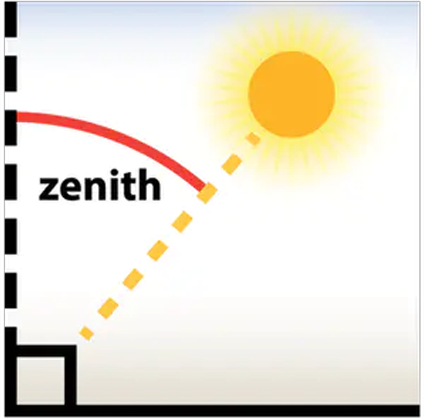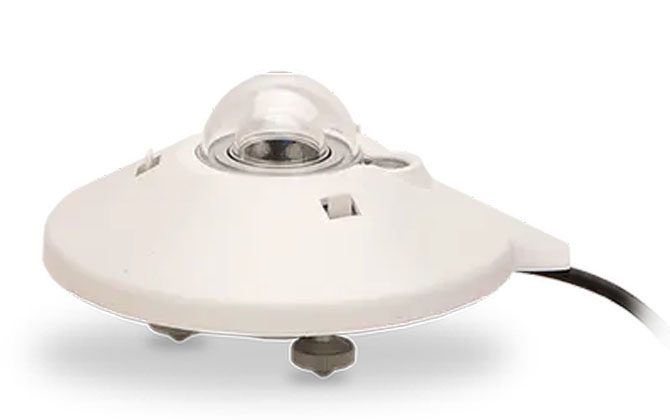This article will help you understand how the total radiation meter works, so that you can choose the right total radiation meter for your application.

The sun emits light in a wavelength range of 0.15 to 4.0μm, called the solar spectrum. The portion of the sun's radiation that reaches the Earth's atmosphere is called total radiation, or shortwave radiation. Total radiation includes direct and scattered solar radiation and is measured by a horizontally mounted total radiation meter.
Everything grows by the sun. Generally speaking, solar radiation will affect the development and changes of most things on the earth, so it is necessary to measure solar radiation in many fields.
Some applications of total solar radiation measurement:
1. Solar power determines how solar panels can more efficiently convert the sun's energy into electricity.
2. The utility can predict the use of energy such as natural gas and electricity.
3. It can study and predict the growth or yield of plants.
4. Used in agriculture as a parameter for planning irrigation, or to predict how much water a plant will use.
5. For weather forecasting
A total radiometer is a sensor that measures a portion of the solar spectrum and converts the received solar radiation into measurable electrical signals. For example, the CMP21 Total Radiation meter (Kipp & Zonen) measures solar radiation at wavelengths ranging from 0.285 to 2.8μm. The total radiation meter does not measure long-wave radiation. Instead, the long-wave radiation meter (measuring wavelength range: 4 ~ 100μm) is used.

The total radiation meter must also take into account the Angle of the sun's radiation, known as the Angle of incidence. For example, perpendicular to the sensor received 1000 w/ ㎡ (i.e. zenith Angle 0°), the measurement result is 1000 w/ ㎡; However, when 1000 w/m2 of radiation is received from a zenith Angle of 60°, the measured result is 500 w/m2. No total radiant meter equipped with a glass cover requires an astigmatic to provide the correct cosine response.
The thermopile type total radiant meter uses a series of thermocouples to provide a signal of the temperature difference (μv/ w / ㎡) between the black absorbing surface and the reference, which can be a white reflective panel or the sensor's internal base.
The solar spectrum is the range of wavelengths of light emitted by the sun. Blue, white, yellow, and red light each have different color temperatures and therefore different solar spectra.
Solar output wavelength ranges from 0.15 to 4.0μm. The thermoelectric total radiant meter can absorb solar radiation because its special black absorbing surface responds evenly to most of the solar spectrum. The sensing element is usually enclosed in one or two layers of special optical glass dome that transmit radiation evenly to the sensor while insulating it.
The thermoelectric total radiant meter is widely used and accurate. Its black surface can uniformly absorb solar radiation from 0.285 to 2.800μm (e.g. CMP6 total radiant meter). The uniform spectral response allows the thermoelectric total radiometer to measure short-wave reflected from the ground, vegetation canopy or indoor radiation, and both upward and downward short-wave radiation.
Thermoelectric total radiant meter is the most accurate measurement of solar short-wave radiation sensor, but it is usually much more expensive than photoelectric total radiant meter.
